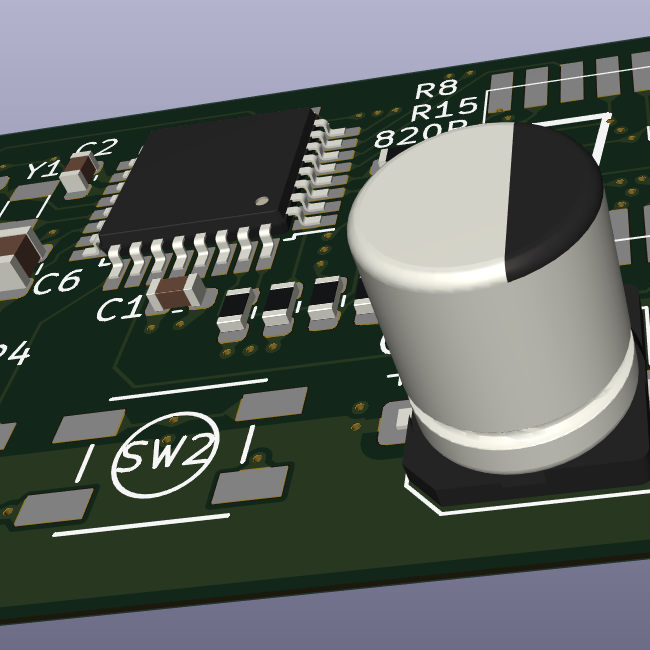- cross-posted to:
- [email protected]
- cross-posted to:
- [email protected]
cross-posted from: https://lemmy.world/post/5751732
I posted this to someone else’s Microcontroller Lemmy, but I want to see how many people at Lemmy.world might be interested in this kind of material too
In my most recent “Beginner Series” post, I classified skills from Tier0 through Tier4. This Tier4-level talk is about how to think of PCB-layout at the most complex levels, thinking about the precise forms of electricity and why-and-how it creates EMI fields, almost like an antenna at times. (Or perhaps: more like a capacitor when these waves travel across a PCB).
This video covers proper “grounding”, or perhaps more accurately, proper “reference planes” where the electrical field between signal-and-return current can be defined. Thinking in terms of both signal-current and return-current minimizes the EMI (aka: antenna-like radiation) from coming off your PCBs. This is more of a problem of high-speed circuits and therefore I rate it as “Tier 4”.
This video is great, I watched it around a year ago and if it’s new information it totally changes the way you think about grounding. It’s also helpful in choosing how to use your layers. It’s a little slow so it might take a couple of sittings to watch the whole thing.
I’m shocked at how bad the industry standard 4-layer signal-top/ground/power/signal-bottom stackup is with this new paradigm of thinking.
Even if the power-plane is solid (unlikely: modern designs often need 2 or 3 power rails, and thus the power-plane is often split)… but if power was a solid reference plane, we still have an issue with signals traversing signal-top to signal-bottom and vice versa. The return-path of signal-top traverses the ground plane, while the return-path of signal-bottom traverses the power-plane.
On a 4-layer stackup, ground-and-power are split by the “core”, often 1mm or ~39 mils. That’s too far apart to have any significant amount of capacitance, so ground-and-power planes are effectively cutoff, meaning the return-paths are poorly defined and will bounce and/or radiate out of your board, looking for a way to return.
This video recommends signal-top/ground/ground/signal-bottom for a reason (and therefore, routing power / not having any power-planes), and has the data / analysis to backup why this is the appropriate stackup. Taking this approach means that 4-layer boards have far less room than we might expect, at least if we’re trying to have good EMI. Not only that, but you’ll need 2 vias whenever you traverse from signal-top to signal-bottom, because the return paths need to travel from ground-top to ground-bottom as well (!!!).
It seems like 4-layer boards are barely usable with this new paradigm of thinking. 2-layer boards are nearly impossible (you need to route lots of grounds/return paths on the top-layer, because the 60mils from top-to-bottom means that the bottom ground-plane is barely usable at all).


